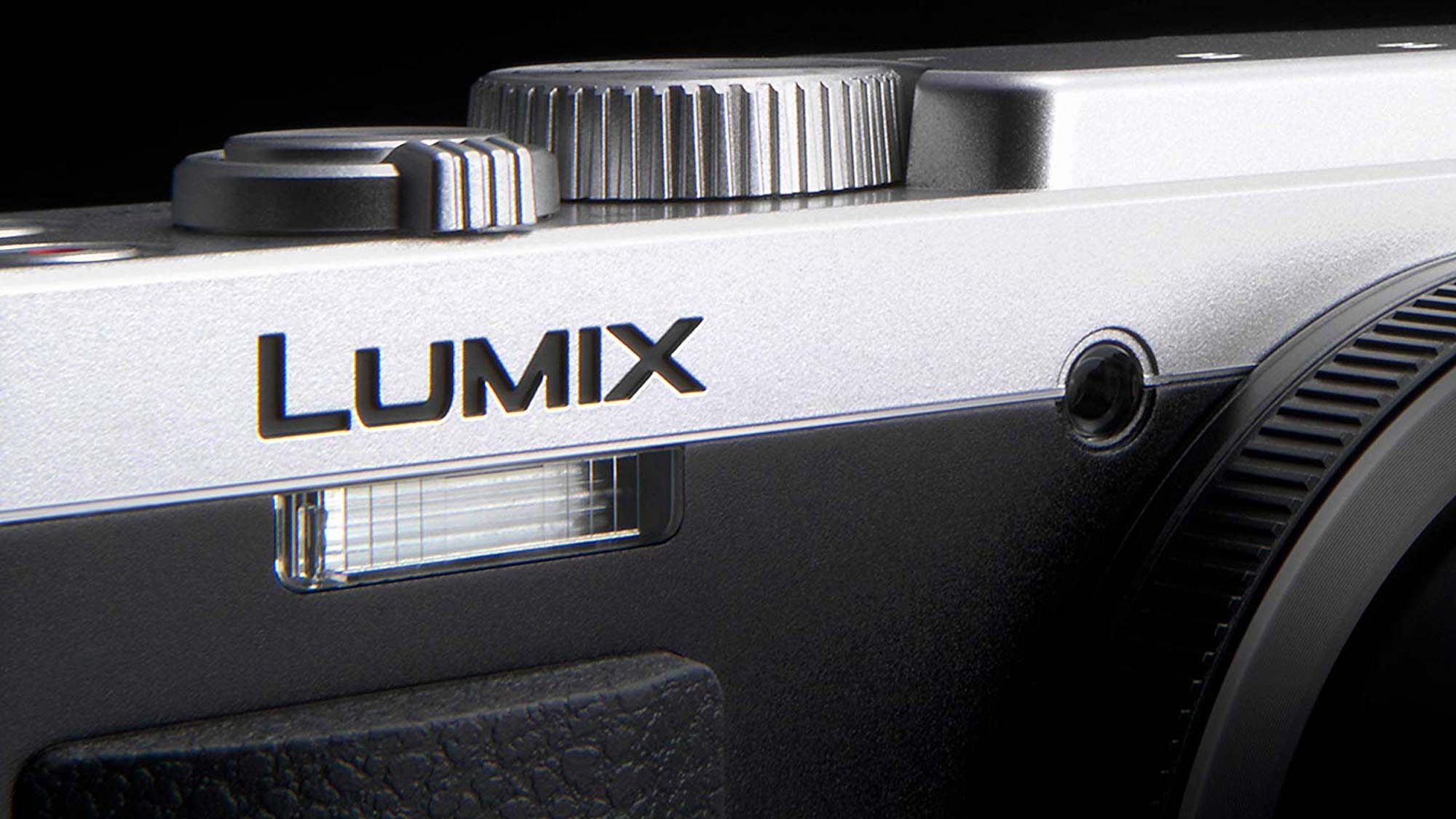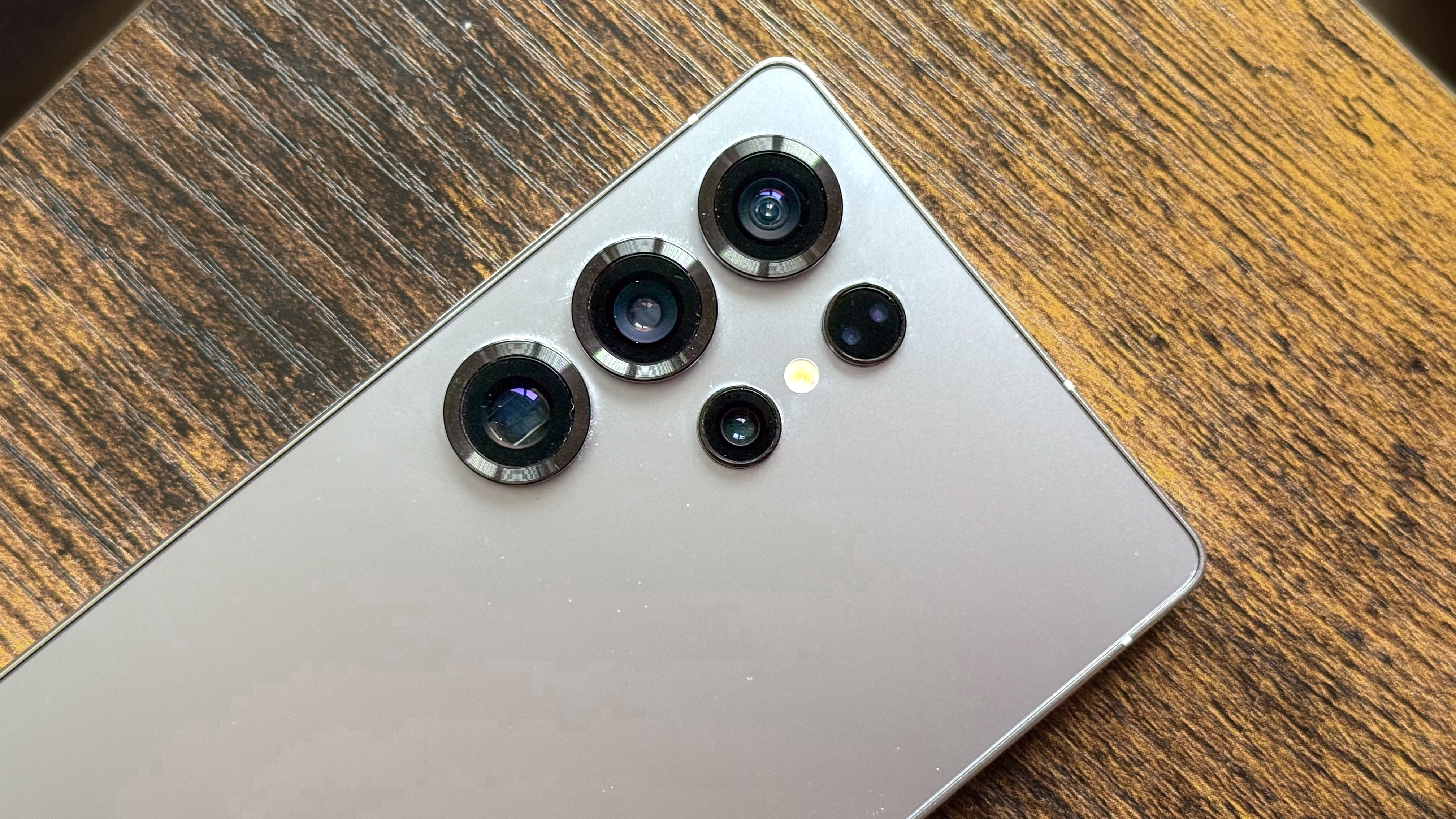Tom's Guide Verdict
Get the Panasonic Lumix ZS80 if you're looking for a good all-around compact zoom that's reasonably priced.
Pros
- +
Handsome, accurate color and detail
- +
Compact, sturdy design
- +
Intuitive, customizable controls
- +
30x (24-720mm equivalent) zoom lens
- +
Subject tracking autofocus for videos
- +
Touch screen for quick setting adjustments
Cons
- -
Touch-screen controls can get confusing
- -
LCD screen does not tilt down
- -
Too many autofocus modes
Why you can trust Tom's Guide
Sitting in between budget point-and-shoot cameras and pricier compact cameras are shooters like Panasonic's Lumix ZS80 ($450). Its top feature is a 30x zoom that brings subjects miles away into crisp detail, but it also has a tilting touch screen and intuitive, customizable controls. When you're looking for a camera with more versatility than your smartphone in a package that's not much larger—or expensive—the ZS80 is one of the better options.
Design: Compact and intuitive
The Panasonic Lumix ZS80 is easy to handle. At 4.4 x 2.7 x 1.6 inches and 11.5 ounces, it's not pants-pocket size, but it slips easily into a coat pocket or small purse. Panasonic offers two finish options: all-black or a sharper (in my opinion) black with pewter-color top.
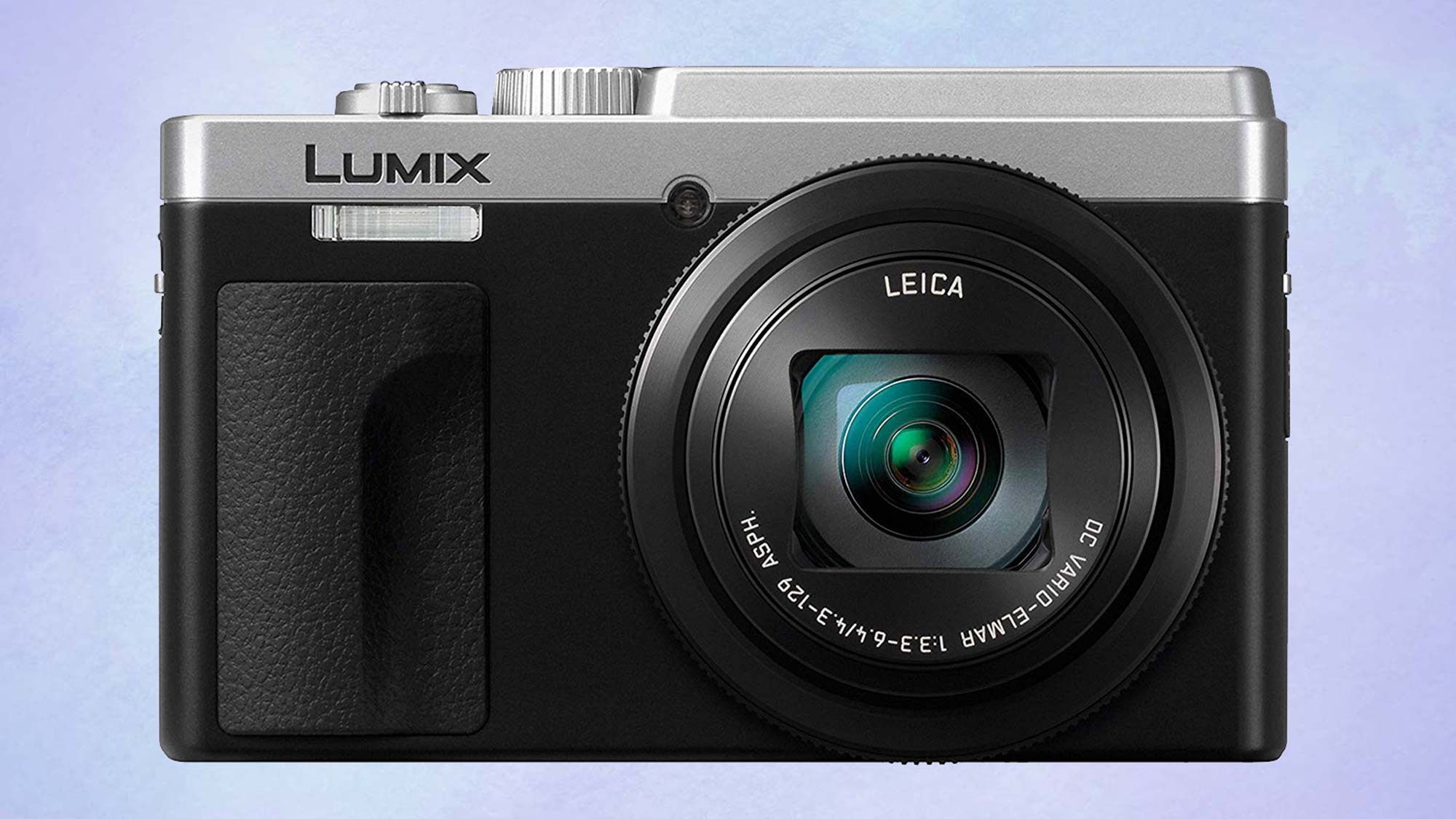
A sticky, deeply grooved handgrip provides plenty of purchase for the fingers of the right hand. On the back, the thumb has access to four function buttons that can be reprogrammed to handle a huge range of settings, such as focus area, photo style ISO, white balance, metering mode and many more.
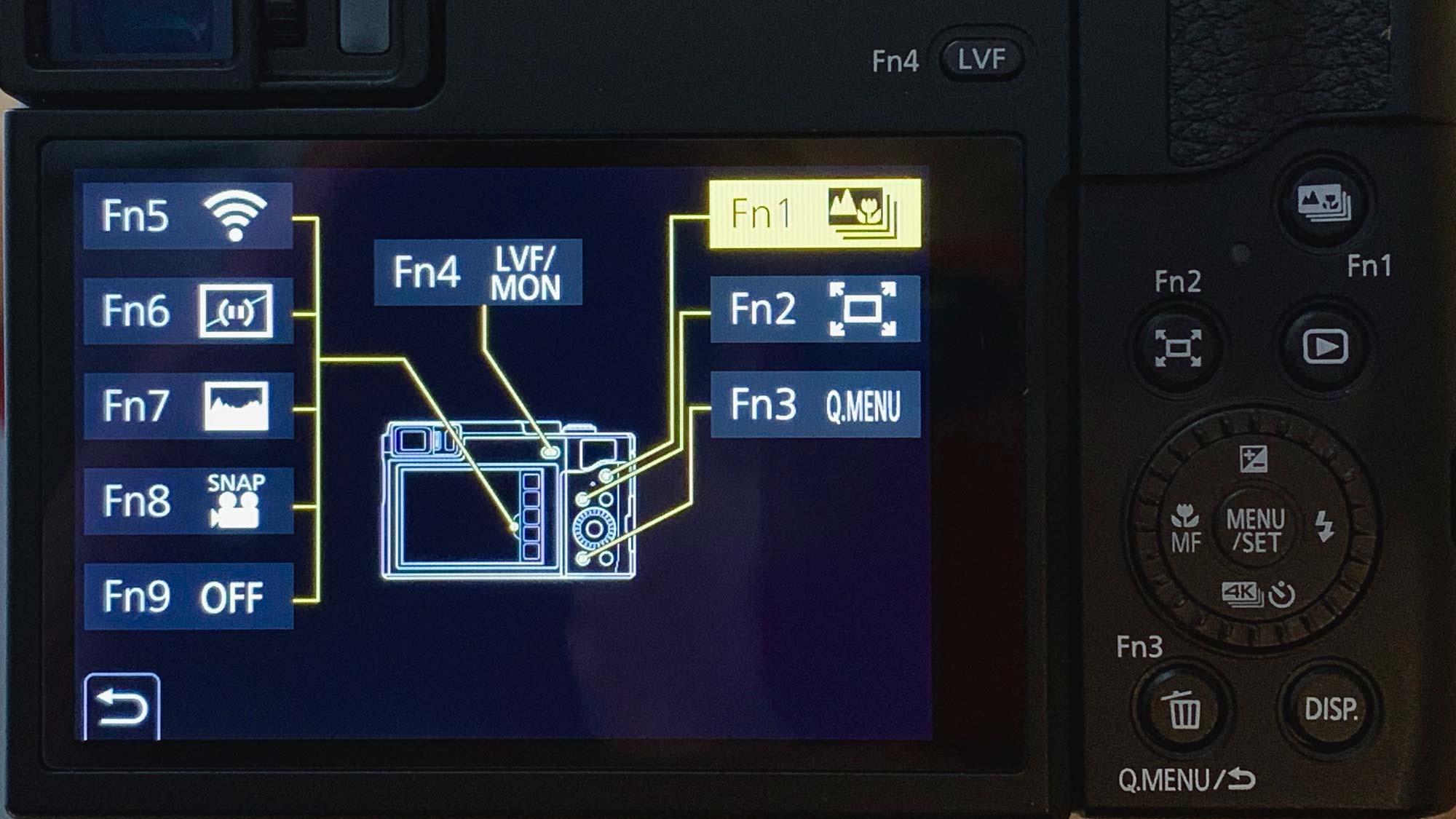
Although the ZZS80 lacks an adjustment knob on the top (as the rival Nikon A1000 has), it includes a wheel around the lens barrel, also customizable for controlling a wide range of settings.
The three-inch rear touch screen tilts up 180 degrees for framing selfies, but doesn't tilt down for overhead shooting. It provides some key functions, such as tapping the screen to set the point for auto-exposure or tapping to set autofocus to a single point, a region or a subject to track in photos or video. (As with the physical Fn buttons, the on-screen buttons can also be programmed for different adjustment functions.)
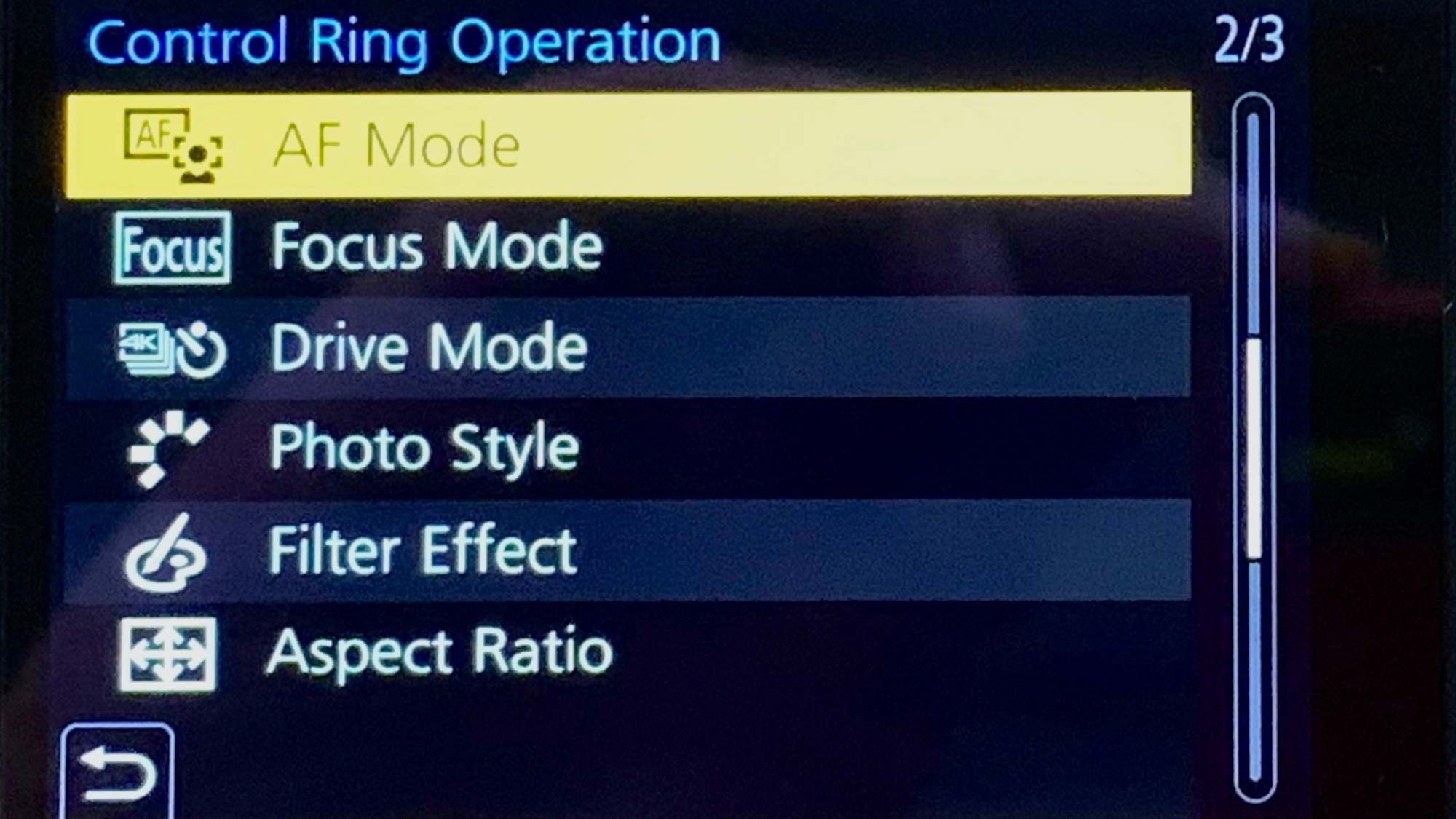
A sharper-than-average LCD viewfinder lets you frame shots when the rear LCD is washed out by bright light. A proximity sensor turns off the rear LCD and turns on the viewfinder when you put your eye to it — and it's less likely than other cameras (looking at you, Nikon A1000) to get tripped up by mistake.
MORE: Best Camera Deals Right Now
But the interface does have some glitches. With multiple tabs, and options that change depending on the shooting mode, the on-screen controls can be confusing. And with all the different autofocus modes and the ability to turn on and off touch-screen control of them, it can be hard to activate the AF setting you want.
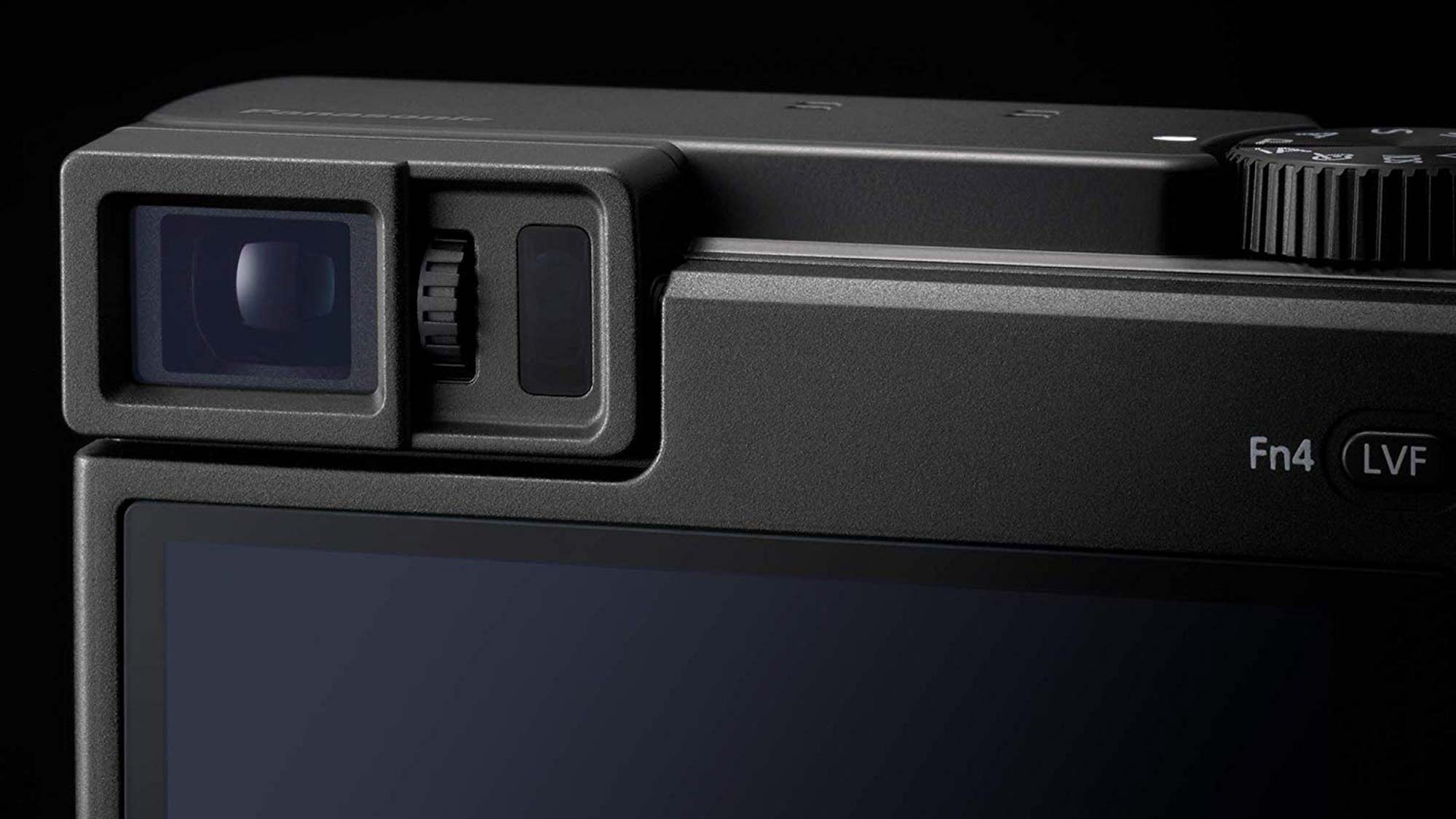
Although the rear LCD goes dark when your eye is pressed against the viewfinder, the touch-screen functions remain active. As a result, my nose kept selecting random autofocus focus points when it touched the screen. (Even manually shutting off the rear screen by pressing the LVF toggle button fails to disable touch sensitivity.)
Panasonic claims battery life of approximately 380 pictures per charge.
Zoom: Good enough
Long zoom is the main feature that keeps the compact camera market going. (Otherwise, your smartphone is an adequate — sometimes even better — substitute.) The ZS80's 30x range (equivalent to 24-720 mm focal lengths) brings objects miles away into view. I captured close-ups of Alcatraz Island from about 2 miles across the San Francisco Bay, for instance. The rival Nikon A1000 offers a bit more zoom (35x) and was slightly sharper, but it was a negligible difference in most cases.
You can certainly get a longer zoom, such as the 65X of the Canon PowerShot SX70 HS, but that entails lugging a lot more camera around.
MORE: Best cameras
The ZS80's 20.3-megapixel image sensor is of the so-called "1/2.3-inch" size, equivalent to 28 square millimeters. For perspective, the iPhone XS Max has a 23.5-sq.-mm chip — not a whole lot smaller, especially considering that it has just 12MP to spread the light across.
Overall Image quality: Smartphone-grade
Given the similar ratios of megapixels to image sensor size, it's no surprise that the Lumix ZS80 and the iPhone XS capture comparable-quality images at comparable optical zoom (around 26 mm and 52 mm focal length). iPhone images may even look better to some people's eyes, thanks to its tendency to pump up contrast and color saturation — sometimes to exaggerated levels.
(And the iPhone XS isn't exceptional regarding image quality among high-end smartphones. In fact, the Google Pixel 3 performs even better, per our tests.)
MORE: Best Camera Phone 2019
In close-up photos of vegetation in the park, for instance, the iPhone XS shows better detail. This image was shot in Program mode (in Macro setting) on the Panasonic, whereas most other photos were shot in the beginner-friendly Intelligent Auto mode.
Compared with a close competitor, however, the Lumix ZS80 captures finer detail and exposure than the Nikon A1000 does in this macro photo of flowers.
In a wide shot of Edwardian houses in San Francisco, the Lumix ZS80 and iPhone XS capture comparable, though different-looking, images. The iPhone image is a bit brighter (especially under the trees) and colors are more saturated. But the Lumix ZS80's colors are more accurate — evident in the muted blue of a hazy sky. Compared with the Nikon A1000, the Lumix ZS80 captures richer color and better detail (especially evident in the trees).

The Lumix ZS80 also performs well indoors, based on photos and video of an improv performance. In Intelligent Auto mode, it favors darker exposures than the Nikon A1000, which avoids the blown-out highlights in the latter's images. (Darker exposure also allows a faster shutter speed —1/80 versus 1/20 second, in this case — which limits motion blur.)
Thanks to a screen that tilts up 180 degrees, the Lumix ZS80 is a competent selfie camera. I consistently captured images with plenty of detail (down to the level of pores and eyelashes) and pleasing, slightly warm skin tones. That said, my iPhone XS captures selfies of about equal quality. Detail from both cameras is sharper than in selfies from the Nikon A1000.

Video quality: Solid
The A1000's video quality roughly tracks its still-image performance. In Full-HD clips of a fountain in Golden Gate Park (shot at roughly 50mm focal length), the Lumix ZS80 shows slightly more detail and richer color than the Nikon A1000, although the iPhone XS beats both cameras in both regards.
The Nikon A1000 and Lumix ZS80 are more closely matched in a wide-angle (26mm) video of flowers and plants shot at 4K (3840 x 2160/ 30fps) resolution. The bright afternoon sun blows out exposure in areas, such as the yellow flowers, in each zoom camera's video. The iPhone XS captures better exposure than either camera.
As with still photos, the Lumix ZS80 proves its worth at very long telephoto ranges far beyond what a smartphone can do. It also tops the Nikon A1000 a tad in sharpness in this clip of a tourist ship shot from over 2 miles away. Another plus: The ZS80's subject tracking autofocus (not available for video on the A1000) insures that the ship remains fairly sharp, even as I zoomed out.
Returning to the improv troupe, the Lumix ZS80 captures video with truer color and more-nuanced detail, versus the slightly chalky appearance of the Nikon A1000 clips. However, the ZS80 does overexpose some parts of the image (see the players' noses) producing an unappealing yellowish tint.
Bottom Line: Good for the price
Reconciling a long zoom and a compact form factor demands some compromises. For the wider-angle photos and videos a smartphone can also capture (including selfies), the Lumix ZS80 image quality is no better, and sometimes a tad worse. But its image tracking gives the camera an edge for action shooting. And in long-zoom photography —the main reason for buying such a camera —the Lumix ZS80 offers very good quality for the price.

Michael A. Prospero is the U.S. Editor-in-Chief for Tom’s Guide. He oversees all evergreen content and oversees the Homes, Smart Home, and Fitness/Wearables categories for the site. In his spare time, he also tests out the latest drones, electric scooters, and smart home gadgets, such as video doorbells. Before his tenure at Tom's Guide, he was the Reviews Editor for Laptop Magazine, a reporter at Fast Company, the Times of Trenton, and, many eons back, an intern at George magazine. He received his undergraduate degree from Boston College, where he worked on the campus newspaper The Heights, and then attended the Columbia University school of Journalism. When he’s not testing out the latest running watch, electric scooter, or skiing or training for a marathon, he’s probably using the latest sous vide machine, smoker, or pizza oven, to the delight — or chagrin — of his family.
